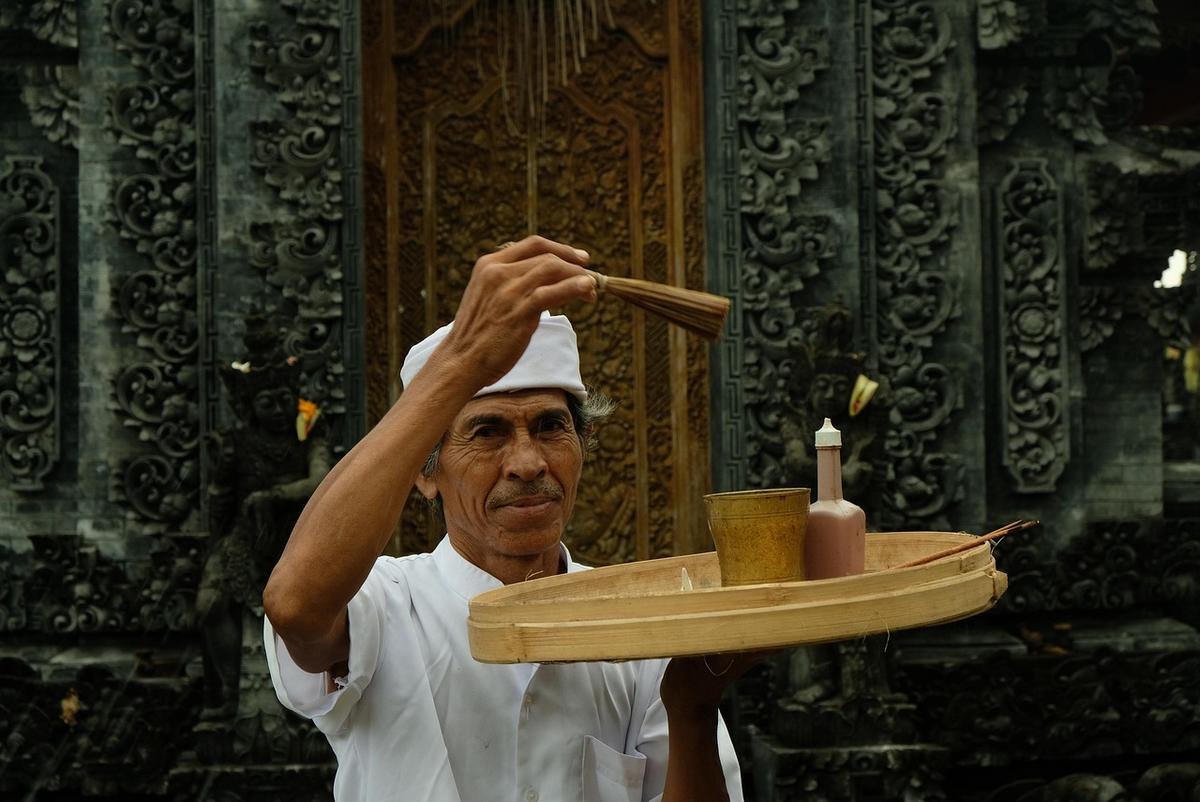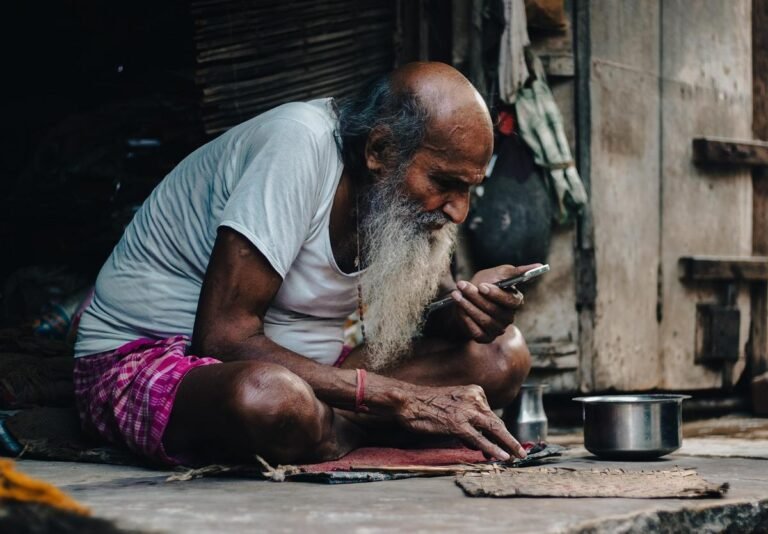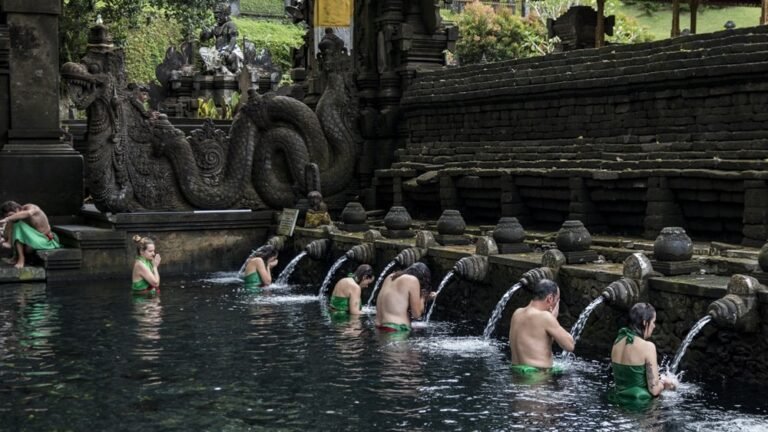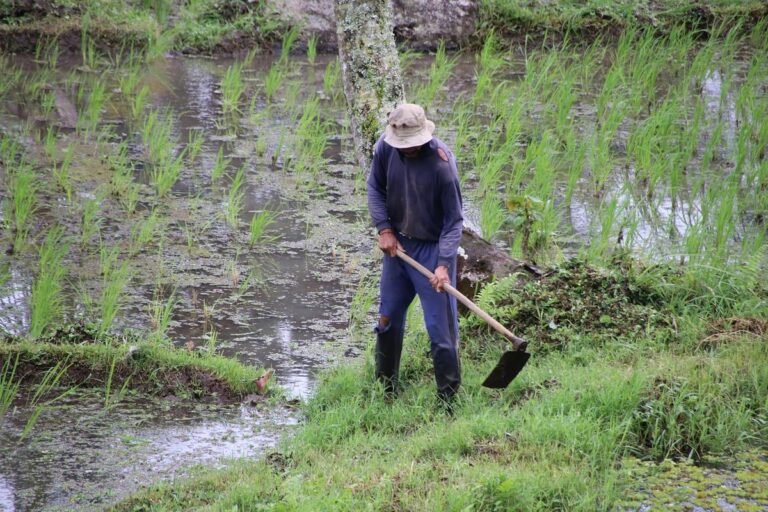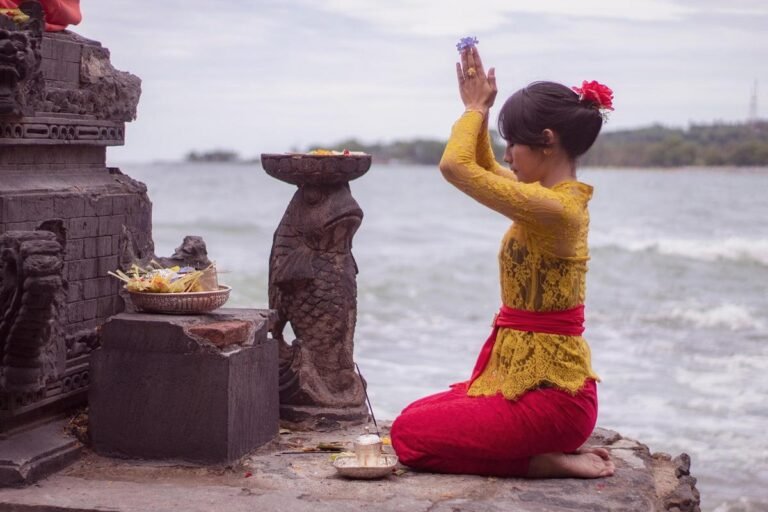Pura Dalem Kerangkeng’s Soul-Purifying Ceremonies Pacify Spirits and Restore Harmony
Visitors to Pura Dalem Kerangkeng encounter distinctive Balinese design rooted in traditional and spiritual beliefs. Intricate carvings and statues fill every corner to illustrate the bond connecting daily life with the natural environment and the divine. The temple grounds blend open courtyards and lush greenery so guests can walk through a calm setting and experience a sense of spiritual presence. Pura Dalem Kerangkeng holds a central place among Nusa Penida’s temple network, drawing worshippers for significant rites such as purification ceremonies that cleanse impurities and dispel dark influences. The complex serves as both a sacred site for prayer and a focal point that keeps the balance between people and nature.
Local believers often gather at Pura Dalem Kerangkeng for rites they believe restore inner calm and grant forgiveness for past misdeeds. It ranks among the island’s top religious landmarks. Many say the ceremonies can purify one’s spirit and calm wandering ghosts. Strong spiritual vibrations are said to linger around the shrine, making it a must-see for those tracing Nusa Penida’s sacred travel routes.
Tri Hita Karana, a key tenet of Balinese Hindu belief, guides life at Pura Dalem Kerangkeng by valuing balance among humans, the environment, and the divine. The temple’s carved gateways and hidden grottoes reveal how worshippers honor interactions between the visible world and the unseen spiritual plane.
Within the spread of the temple compound sits a cave viewed as a “spiritual prison” for spirits linked to wrongful acts in life. Inside the low-arched chamber, worshippers find a heavy stone table and a wooden gavel known as the “forgiveness table,” representing a moment of judgment and the hopeful cleansing of past wrongs. The cave’s dark and deeply hushed interior enhances the sacred mood, and local rites here mix ritual with timeless, generations-old lore, ensuring each ceremony echoes within its shadowy walls.
Priests and devotees carefully conduct offerings at small shrines marking two distinct spiritual destinations: one shrine honors souls deemed virtuous and destined for heavenly rest; the other commemorates spirits requiring trial and cleansing before finding peace. These twin monuments remind worshippers that moral deeds shape what follows beyond mortal life.
Belief in karma guides every detail at Pura Dalem Kerangkeng. Offerings and mantras at the shrines reflect an understanding that each act carries spiritual weight. Ceremonial timing follows an ancient calendar, dictating when to perform specific rites. Families recount traditions that show kind deeds bring blessings, and wrongful conduct demands atonement. The two shrines serve as silent instructors about life’s moral equations: heavenly rest awaits those whose actions align with ethical teachings, and purification follows those who stray. Pilgrims come here to honor cause and consequence, reinforcing the temple’s role as a center for ritual and moral reflection. Daily offerings punctuate each dawn.
Within Balinese Hindu thought, the twin shrines at Pura Dalem Kerangkeng reflect the principle that every deed carries a spiritual echo into what comes afterward. Acts rooted in compassion are said to guide spirits toward an idyllic afterlife, and misdeeds trap those souls in a cycle of cleansing rites before they can rest. Community leaders hold that each visit to these monuments offers a tangible lesson about justice and accountability. Pilgrims often meditate here on the long arc between earthly choices and their final rewards or atonement in the world beyond.

